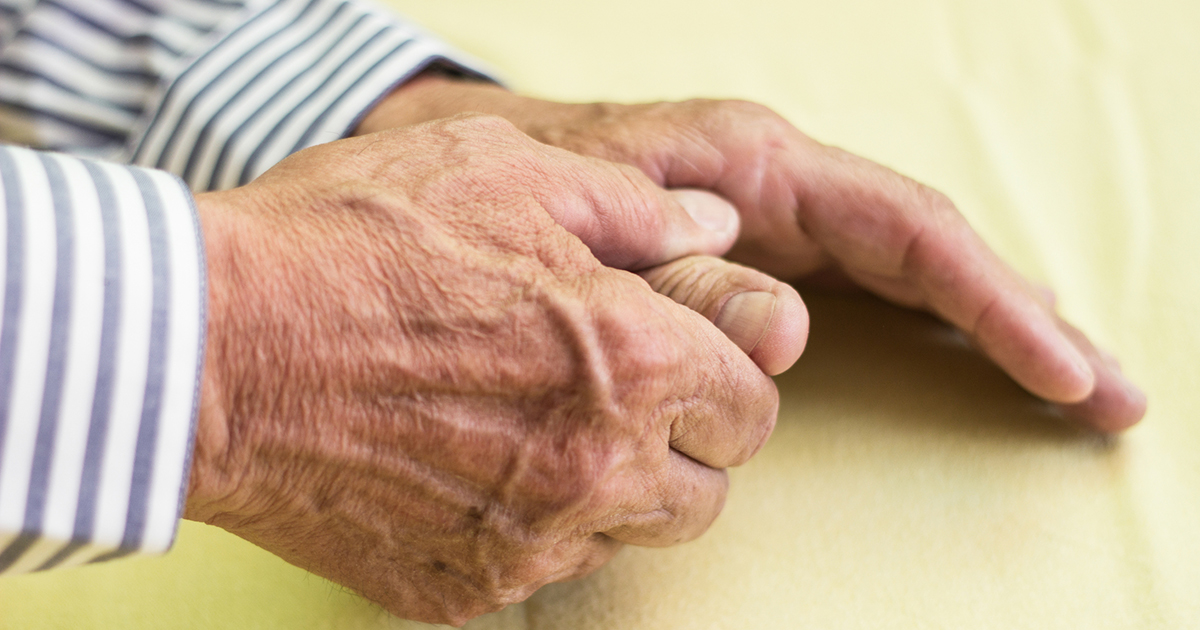Causes And Risk Factors Of De Quervain's Tenosynovitis
De Quervain's tenosynovitis is a painful disorder that affects the tendons on the thumb side of an individual's wrist. The condition makes it painful to grasp objects, turn the wrist, or make a fist. It is most notably marked by pain and swelling near the proximal end of the thumb, but the longer the condition is left without treatment, the more the pain will spread. The pain can spread up the thumb, down the arm, or in both directions. It is a relatively common condition that can be treated with medications, physical therapy, and surgery if it has progressed too much to be controlled noninvasively. It is best to see a doctor after at-home remedies, such as not using the area in pain, using an ice pack, and taking anti-inflammatory medication, fail. Reveal de Quervain's tenosynovitis causes and risk factors now.
Strain Injury To Specific Muscles

De Quervain's tenosynovitis affects two tendons, the extensor pollicis brevis (EPB) and the adductor pollicis longus (APL), that move the thumb. To get to the thumb, they must pass through a tunnel-like structure at the distal end of the radius. Although the tunnel is lined with a fluid called tenosynovium, sometimes the fluid fails to let the tendons slide easily. When this occurs, the muscles that pull on the tendons are subjected to strain. This strain injury to specific muscles can cause the pain and inflammation commonly associated with de Quervain's tenosynovitis. The strain can also damage the tendons and muscles, which may cause the damage to be replaced by scar tissue. Scar tissue limits the mobility and elasticity of the tendons, which also can contribute to the symptoms. Ultimately, strains to the muscles is a major contributing factor to de Quervain's tenosynovitis.
Get to know the next contributor to this condition now.
